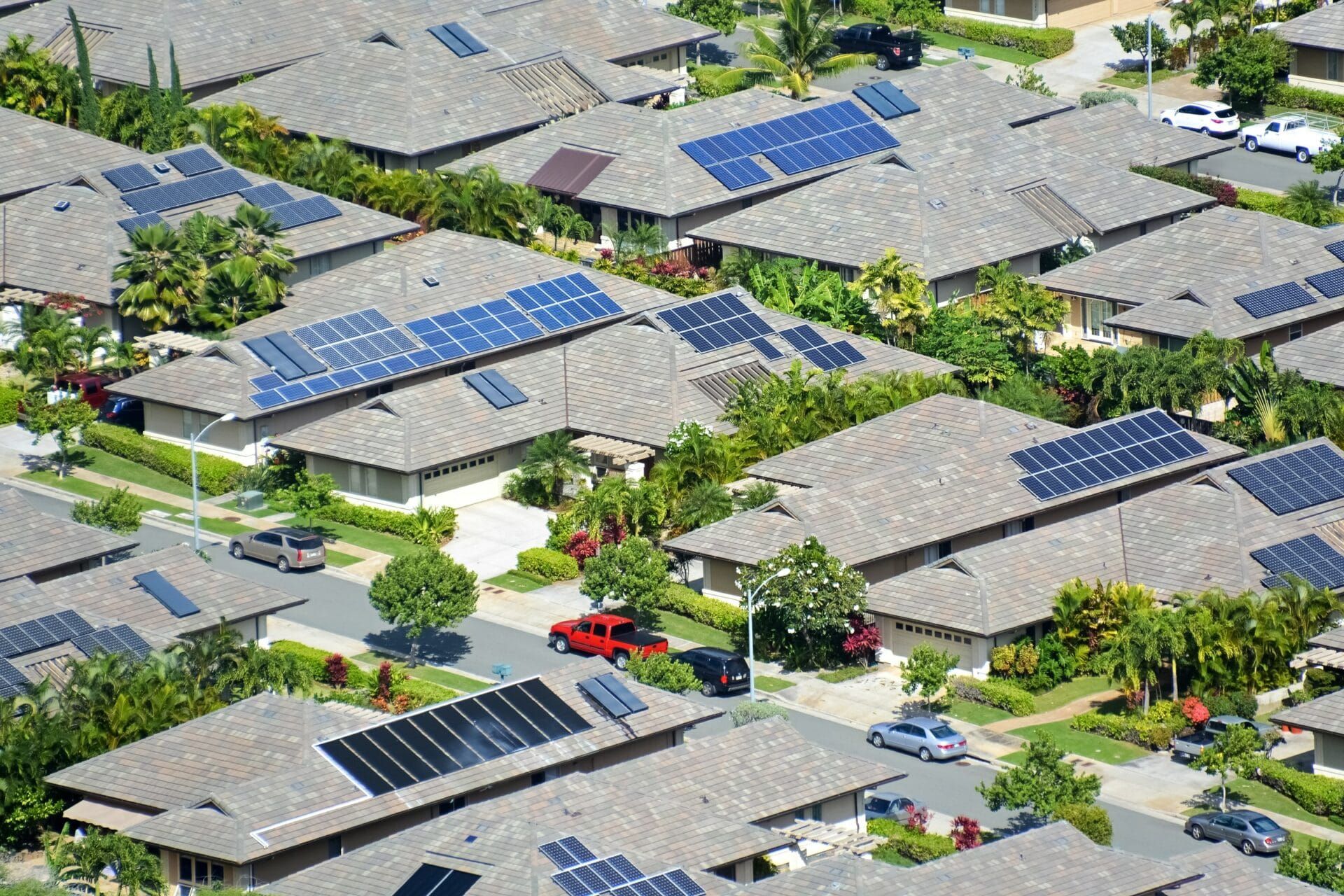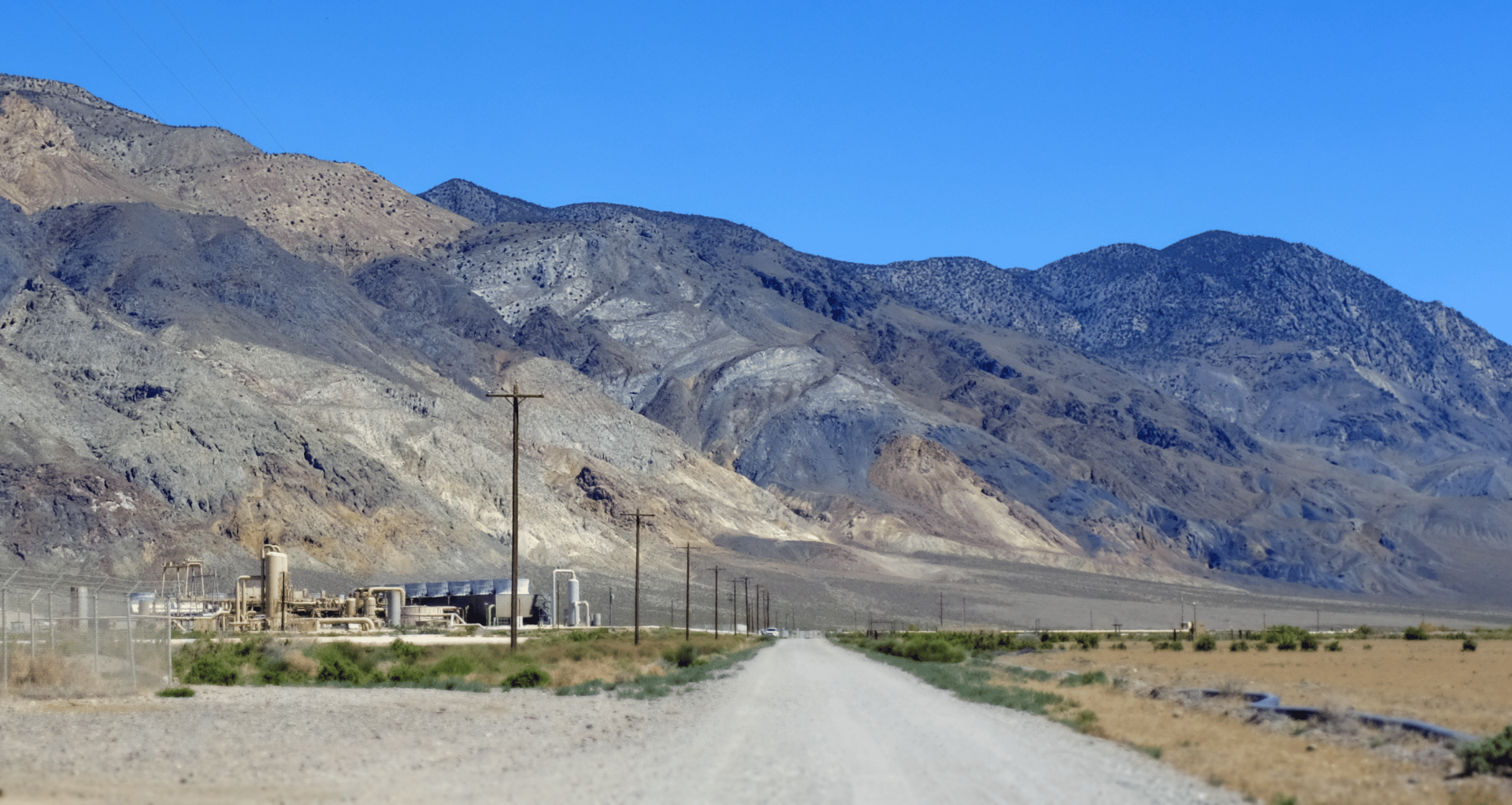Consider the climate crisis: The best of the Bulletin’s 2022 coverage
By Jessica McKenzie | December 26, 2022
 Photo by Mark Dixon, CC BY 2.0
Photo by Mark Dixon, CC BY 2.0
The stories the Bulletin published about climate this year consider the thorny problem from every angle: how the need for renewable energy can come into conflict with conservation and protecting biodiversity; how new, profitable ways to burn fossil fuels can arise just when the world needs to drastically cut back; the many threats a hotter world poses to cities, to animals, and to the human body; and how climate crisis collides with other global crises to create desperate, unlivable situations for some of the world’s most vulnerable populations.
There’s all that and more in the following seven (or so) stories.
How greed and politics are slowing the switch to renewable energy
By Andrew Dessler
One novel way to think about global warming involves ice ages; one ice age unit equals 6 degrees Celsius of temperature change. By that metric, the Earth is already 17 percent of an ice age warmer than the pre-industrial world. If humanity continues to emit greenhouse gases under business-as-usual scenarios, the world is set to warm one half of an ice age by 2100, which could render the planet almost unrecognizable. To avoid that alarming reality, global society must drastically slash greenhouse emissions, in part by switching to renewable energy sources. But, as Andrew Dessler writes, there are powerful forces working to prevent this.
This gas would have stayed in the ground if it wasn’t for bitcoin
By Jessica McKenzie
Energy companies have begun installing generators at gas well pads and using the electricity to mine the cryptocurrency bitcoin on site, off the energy grid, burning fossil fuels that may have otherwise stayed in the ground. Even though the value of bitcoin has plummeted over 60 percent over the past year, this practice is likely to continue as long as mining bitcoin remains profitable.

Battle over solar power in the Golden State
By Dustin Mulvaney
Can the United States rapidly build out renewable energy like solar while also conserving undeveloped land, protecting biodiversity, and ensuring energy justice? Dustin Mulvaney dissects how those challenges are playing out in California, and what the best solutions might be.
Weaning a house and the world from fossil fuels: lessons learned
By Richard C. J. Somerville
While the climate crisis is a problem bigger than any one household, Richard Somerville’s account of converting his own home to be more efficient and use mostly solar power is a useful prompt for considering (as Somerville does at length) the colossal challenge that the global transition away from fossil fuels will require.

‘Silent killer’: A series on surviving the extremely hot future
By John Morales, Dawn Stover, Matthew Huber, Jessica McKenzie
This is a bit of a cheat to include, but the stories in our package on extreme heat are worth revisiting: John Morales on how cities need to adapt to rising global temperatures; Dawn Stover on the air conditioning “cold crunch”; Matthew Huber on the threat heat poses to domestic animals and wildlife alike; and my own reporting on how heat affects the human body and how best to prevent heat death.
New roots of famine: How climate crises and global conflict combine to threaten millions in the Horn of Africa
By Erik English
Between October and December of this year, approximately 5.6 million people in Somalia experienced acute food insecurity, and the situation is projected to deteriorate further in the coming year into a full-blown famine impacting over 700,000 people, with millions more experiencing acute food security. In August, the Bulletin’s Erik English reported on the factors that have led to this devastation, including longstanding drought conditions exacerbated by climate change, as well as local and global conflicts that have interrupted supply chains and aid distribution.

Battle over geothermal project pits tiny toad against renewable energy. Can the planet’s heat be harnessed without risking extinction?
By Jessica McKenzie
Geothermal represents a teeny-tiny percentage of the energy mix, in the United States and across the globe, but it’s a promising and appealing source of renewable, reliable, baseload electricity. There are some significant challenges involved in scaling geothermal up to its full potential, and concerns about how these operations impact ecosystems and biodiversity on the ground. This feature considers whether those concerns—which in this case revolve around the endangered Dixie Valley toad—are well-founded, and what possible solutions might increase geothermal energy production and protect nature.
Together, we make the world safer.
The Bulletin elevates expert voices above the noise. But as an independent nonprofit organization, our operations depend on the support of readers like you. Help us continue to deliver quality journalism that holds leaders accountable. Your support of our work at any level is important. In return, we promise our coverage will be understandable, influential, vigilant, solution-oriented, and fair-minded. Together we can make a difference.
Keywords: Bitcoin, extreme heat, geothermal, renewable energy, solar power
Topics: Climate Change















The fight to turn our power into solar and wind will only result in more fossil fuel wasted in mining tons of cobalt, lithium and other rare earth elements, more agricultural land damaged with windmills, desert paved over for solar with desert aquifers drained for washing solar panels and in the end we will get an unreliable electrical system.
It’s obvious that fullscale nuclear is the way to go. I never see the magazine advocating that. What a shame.